Anodized Piercing Jewelry:
A Safe and Stylish Expression of You
What Is Anodizing and Why It Matters in Body Piercing
Anodizing is a precise electrochemical treatment that enhances the surface of titanium or niobium by creating a thin, transparent oxide layer. This layer alters how light interacts with the metal, producing vibrant colors without using any dyes, paints, or pigments.
Unlike traditional surface coloring, anodizing transforms the structure of the metal itself. The color is generated through light interference, depending on the thickness of the oxide layer — a thickness that is carefully controlled using specific voltage levels, ranging typically from 15 to 120 volts. This method results in shades that are not only beautiful but also long-lasting, non-toxic, and biocompatible.
For piercings, anodized titanium is one of the safest and most durable choices available today — especially for fresh piercings and individuals with metal sensitivities.
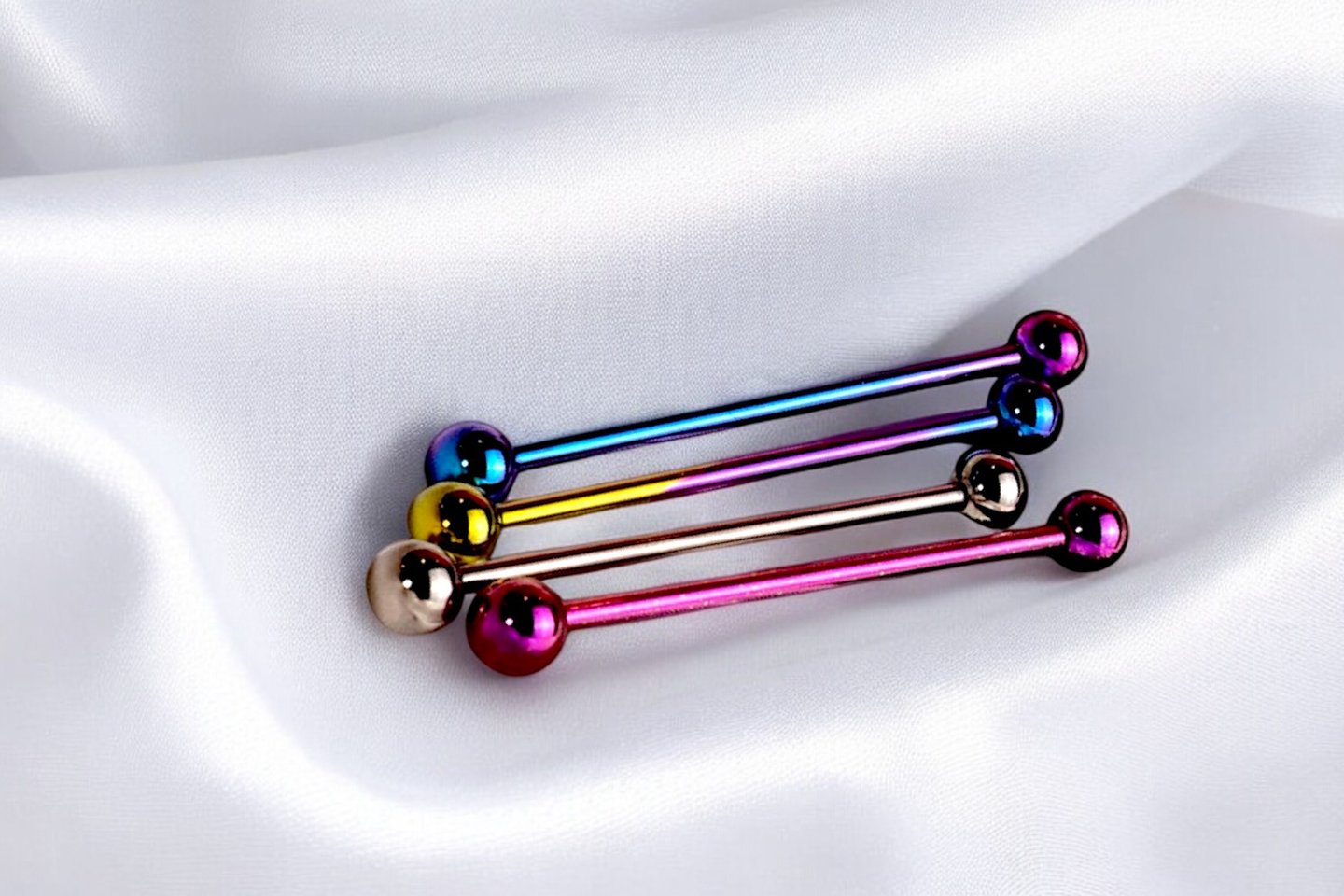
Top Benefits of Anodized
Piercing Jewelry
- Safe for New Piercings
Titanium and niobium are the gold standard for initial piercings. They are medically approved, hypoallergenic, and don’t irritate sensitive tissue. - Completely Nickel-Free
These materials do not contain nickel — one of the most common allergens in body jewelry — significantly reducing the risk of skin reactions. - Fully Biocompatible
Anodized metals do not corrode, rust, or react with body fluids. They integrate well with your skin, making them ideal for long-term wear. - Personal Style Through Color
Choose jewelry that matches your eye color, wardrobe, personality, or mood. Anodizing transforms body jewelry into a medium of self-expression. - Fade-Proof and Wear-Resistant
The oxide layer becomes part of the metal, so the color won’t chip, flake, or fade under normal wear. - Resistant to Sweat, Water, and Physical Impact
Whether you're at the gym, swimming, or going about your day, anodized jewelry stays intact and brilliant. - Reanodizing Available
Bored with your current shade? The jewelry can be cleaned and reanodized in a new color — as long as it's made from the right grade of metal.
Extensive Color Range via Voltage Control
Each color corresponds to a specific anodizing voltage. Here are just a few examples:
- 15–25V – Soft gold, rose gold
- 50–60V – Deep purple and magenta
- 65–75V – Rich blue
- 85–95V – Green, lime, seafoam
- 100–110V – Teal, turquoise, light blue
- 115–120V – Chameleon-like multi-hues
With careful calibration, we can create up to 30+ distinct colors and custom blends.
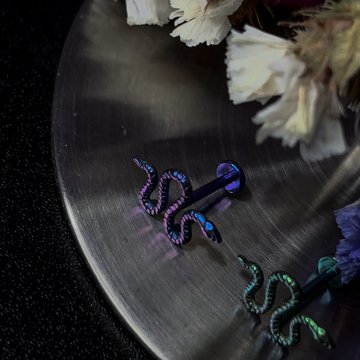

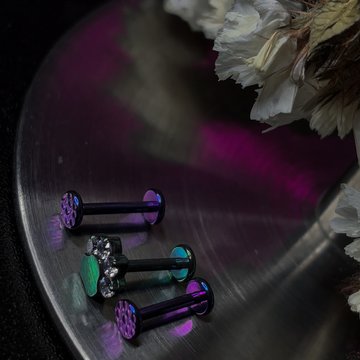
How We Anodize
Jewelry in Our Studio
- Jewelry Preparation
- Every piece is meticulously cleaned and polished to remove oils and ensure a smooth, even finish.
- Color Selection
- Our expert helps you choose a color based on your style preferences. We'll explain how voltage affects the final look and help you find your perfect match.
- Anodizing Process
- The item is submerged in an electrolyte bath and connected to a calibrated power supply. The exact voltage determines the resulting color.
- Final Sterilization and Packaging
- Once anodized, the jewelry is thoroughly sterilized and sealed in medical-grade packaging, ready for safe wear.
We can anodize both jewelry from our studio and pieces you bring in — as long as they’re made from ASTM F136 titanium or pure niobium.
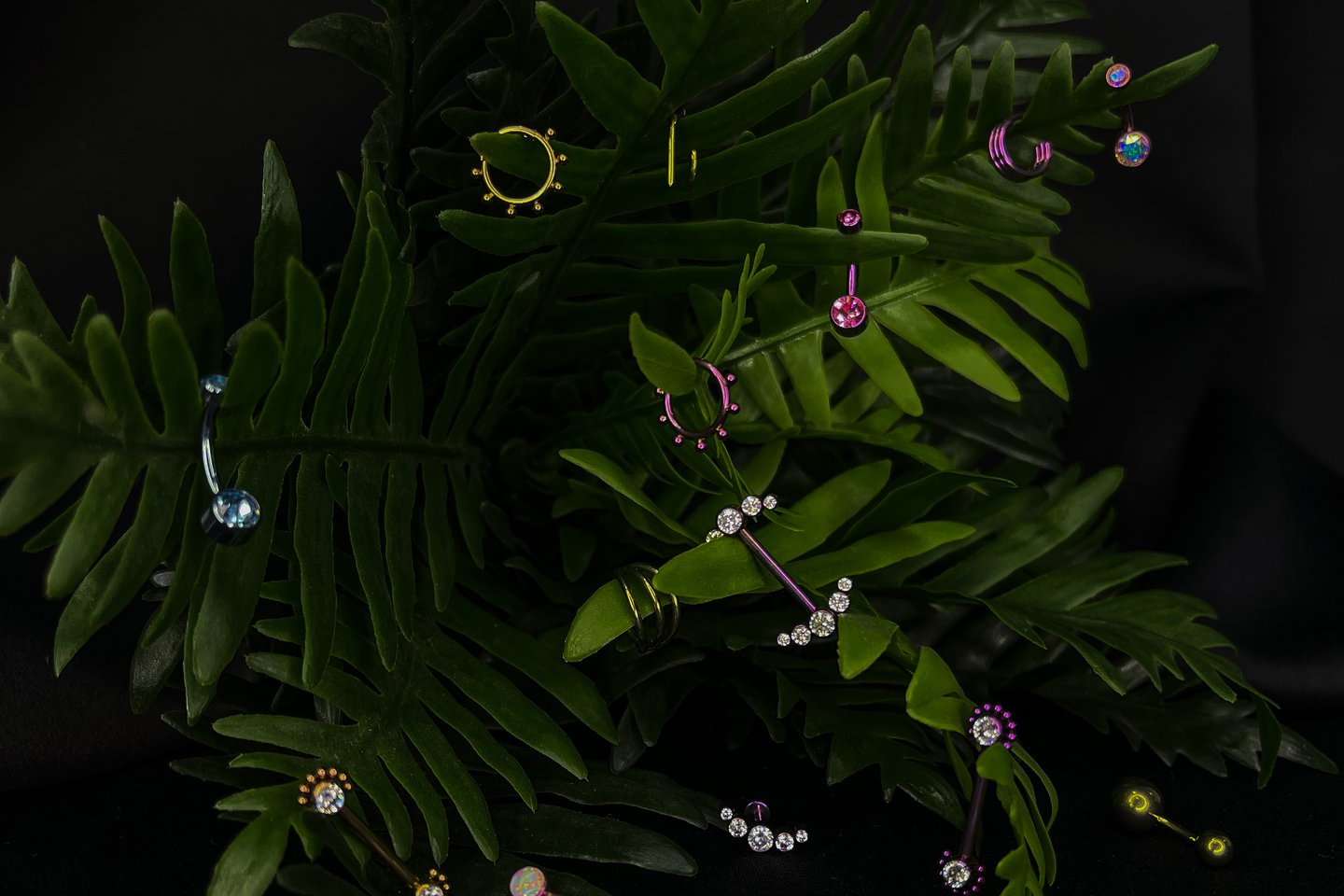
Debunking Common
Myths About Anodizing
- Myth: The color is painted on and will wear off.
Fact: The color is not applied on top — it is a physical effect produced by the oxide layer and won't fade unless the surface is deeply scratched. - Myth: It’s just like regular coloring.
Fact: Anodizing is a chemical process. No paint, pigments, or external coatings are involved. - Myth: It might be harmful to the body.
Fact: On the contrary, anodized titanium is one of the most biocompatible materials available and is widely used in medical implants.
Why Clients Choose Our Studio for Anodizing
- In-House Service
All anodizing is done right here under professional conditions — no outsourcing, no waiting weeks. - Trained Technicians
Our staff are qualified in working with body-safe materials and use certified equipment designed for precision anodizing. - Tailored Color Results
We personalize the color choice based on your skin tone, style, and aesthetic goals. - Sterility and Safety Assured
Every piece is sterilized after anodizing and sealed to meet the highest hygiene standards.
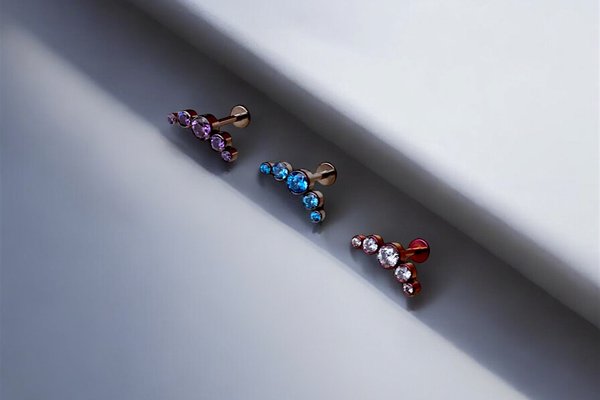
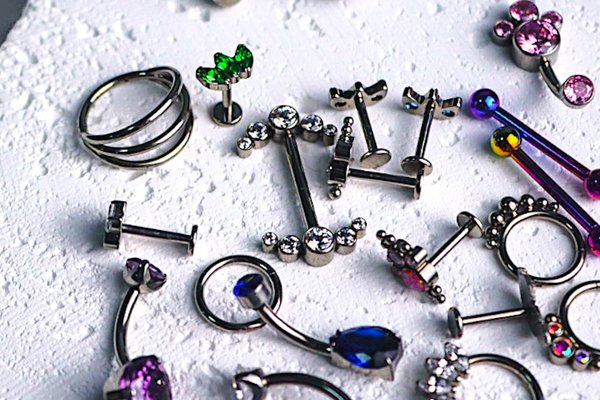
FAQ: Everything You Need to Know
- What is anodized body jewelry?
- It’s jewelry made from titanium or niobium that has been electrochemically treated to produce vibrant, durable colors.
- How does anodizing differ from painting?
- Anodizing doesn't use colorants. It changes how light reflects off the metal’s oxide layer, creating a natural color effect.
- How many colors can I choose from?
- Dozens. Options include silver, gold, blue, green, violet, teal, bronze, and various iridescent shades.
- Can I change the color later?
- Yes, reanodizing is possible. We can strip the old layer and apply a new one.
- Is it safe for new piercings?
- Absolutely. Anodized titanium is highly recommended for initial healing stages.
- Can I anodize jewelry I didn’t buy here?
- Yes, if it’s made from ASTM F136 titanium or pure niobium. We'll test it before proceeding.
- Will the color fade?
- Not with normal use. It’s part of the metal, not a coating.
- Do I need special care instructions?
- No special maintenance is needed — just keep it clean, like any other piercing jewelry.
- Can you do black or red anodizing?
- Pure black and bright red cannot be achieved through standard anodizing. However, we offer alternative finishes and color options that give a similar visual effect.
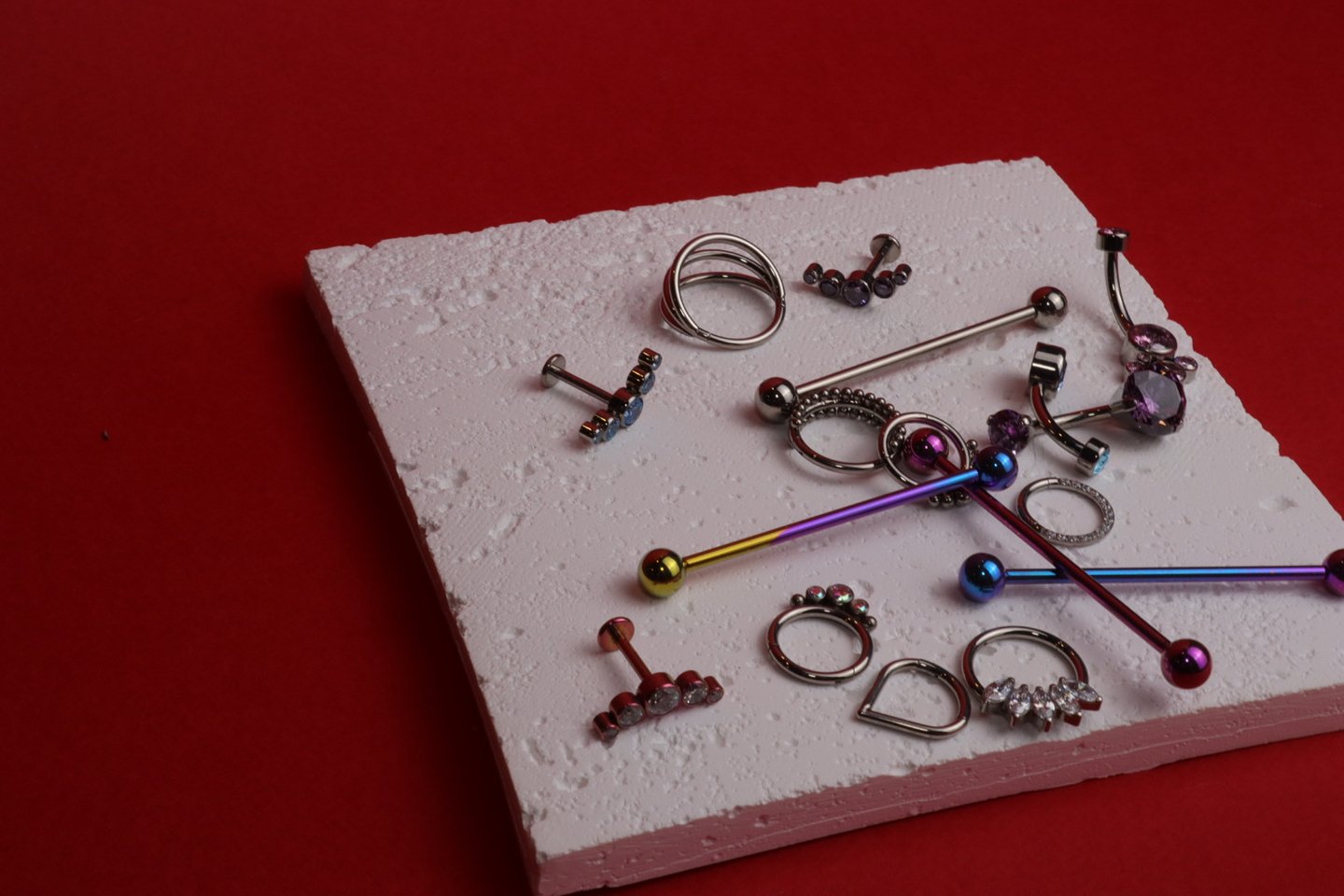
Looking to add a bold, colorful twist to your piercing while staying safe and stylish?
Book an anodizing session at our studio — whether it’s your first piercing or a longtime favorite you’d like to refresh, we’ll help you find the perfect color to express your personality.
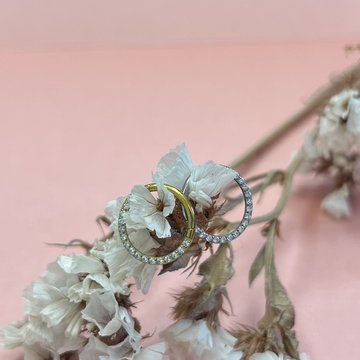
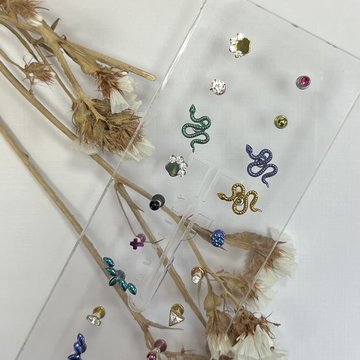



 Make a sketch in the AI VEAN TATTOO generator
Make a sketch in the AI VEAN TATTOO generator



